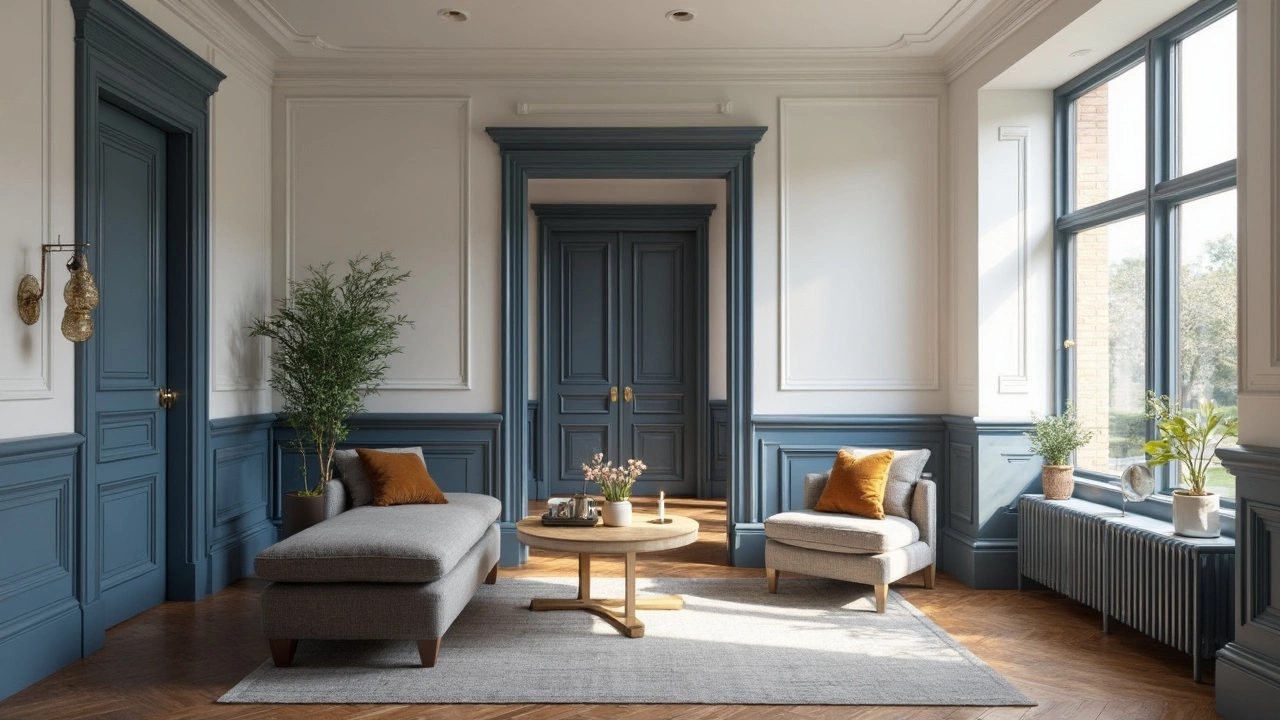Wall Trim Ideas & Installation Tips – Boost Your Interior Style
Thinking about sprucing up a room without a full remodel? Wall trim can give you that instant wow factor for a fraction of the cost. From simple baseboards to decorative crown moulding, the right trim adds depth, hides gaps, and ties the whole space together. In this guide you’ll learn what types of trim work best in different rooms, how to pick the right material, and step‑by‑step basics for fitting it yourself.
Pick the Right Trim for Every Space
First, decide what you need. Baseboards protect walls from scuffs and hide uneven flooring edges – a must in high‑traffic areas like kitchens and hallways. Shoe moulding sits on top of baseboards to cover the tiny gap where floor meets wall, perfect for older homes with uneven floors. If you want to highlight ceiling height, crown moulding does the trick; a skinny profile works in low‑ceiling rooms, while a larger, layered style suits tall spaces. For a classic touch in living rooms or bedrooms, picture rails let you hang art without nail marks. When choosing material, MDF is cheap and easy to paint, while solid wood brings a richer grain but can be pricier. PVC trims are waterproof, making them ideal for bathrooms and basements.
Simple DIY Installation Steps
Got a measuring tape and a nail gun? You’re ready. Start by measuring the length of each wall and cutting trim pieces to size with a miter box for clean 45‑degree corners. A quick tip: always cut a little longer than needed, then trim the excess after fitting – it saves frustration. Apply a thin bead of construction adhesive to the back of the piece, then nail it into place using a stud finder to locate solid wood behind the drywall. Fill nail holes with wood filler, sand smooth, and prime before painting. For crown moulding, work from the ceiling down, using a level to keep it straight. If you hit a wall outlet, cut a snug notch with a coping saw; it looks cleaner than trying to force the trim around it.
Maintenance is easy – a damp cloth wipes away dust, and a touch‑up paint job fixes any scuffs. For high‑humidity areas, choose moisture‑resistant PVC or add a clear sealant to wood trims to avoid warping. When you replace flooring, keep the old trim on hand; it usually still fits and saves you from buying new pieces.
Wall trim might seem like a small detail, but it can completely change a room’s vibe. By picking the right style, material, and finishing it properly, you get a polished look that feels custom‑made. Ready to give your walls a boost? Grab a tape measure, head to your local hardware store, and start trimming – your home will thank you.
Trim Trend 2024: What’s Hot for Modern Home Interiors
- Gavin Whitaker
- |
- |
- 0
Wondering what’s happening with trim styles in 2024? This article breaks down the latest trends for interior trim, from bold accent choices to understated profiles. You’ll get tips on how pros are using trim to shape the whole vibe of a space. Dive into practical advice and inspiring examples for your next home update. Whether you love classic or crave modern, these trends have something for everyone.
View more